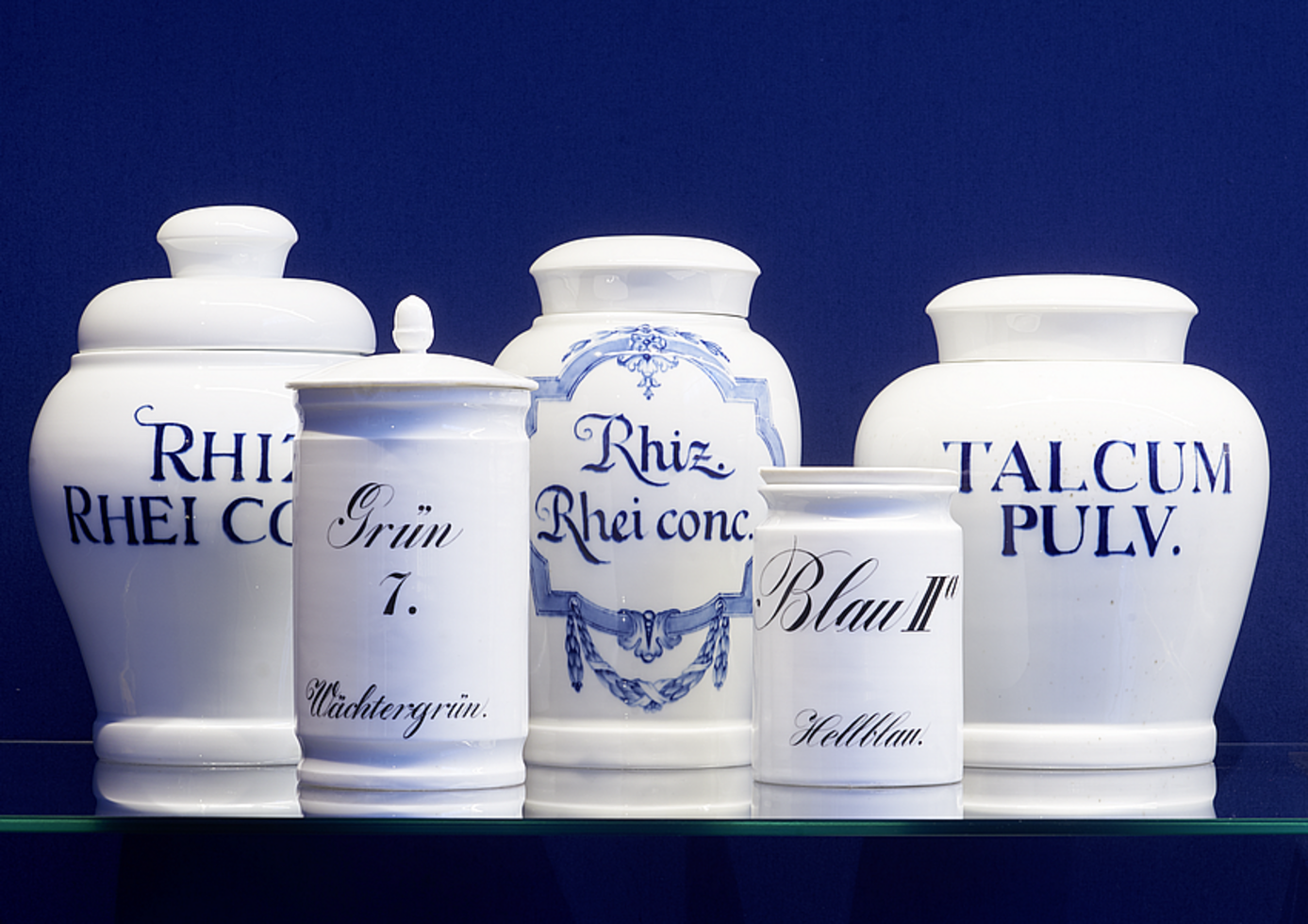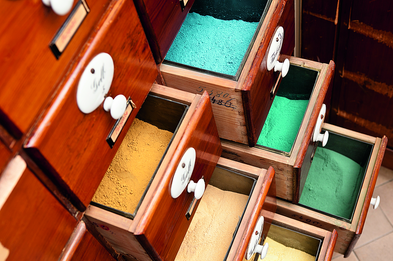Porcelain painting
Intangible Cultural Heritage status since 2016
Augustus the Strong had yearned for magnificent porcelains as colourfully painted as their Asian predecessors ever since European porcelain was invented in 1708 and Europe’s first porcelain manufactory set up in 1710 at Albrechtsburg Castle in Meissen. He desired prestigious tableware services for his banquets, porcelains for his porcelain palace. But fusible porcelain paints were not as yet available, so the first white porcelains were decorated with moulded sprigging.
It wasn’t until Johann Gregorius Höroldt joined the Manufactory in 1720, colour chemist and painter in one, that Meissen became really colourful. Höroldt perfected the formulation of fusible porcelain paints on a metal-oxide basis. The recipes are still kept secret today. As a painter, he initially copied Asian porcelains from the King’s collection but gradually began evolving motifs to Asian prototypes of his own. His Höroldt chinoiseries, sketch sheets with scenes of people in Asian costume, have been collated in the “Schulz Codex”. These form the basis for “indianisch” painting, a term still used at the Porcelain Manufactory today to designate a style of painting based on East Asian prototypes.
The Manufactory purchased large quantities of European engravings between 1740 and 1744. These served as graphic sources for its painters and were used to create courtly genre scenes, portrayals of hunting and landscapes, maritime commerce and harbour scenes and scenes after paintings etc. There was similarly a great liking for battle and encampment scenes, park scenes, pastoral pastimes and much more besides. The painters made creative use of their sources to generate completely new images on porcelain.
European porcelain painting is a craft tradition going back several centuries and was founded at Meissen in 1720 by Johann Gregorius Höroldt. Familiarity with the complex utilisation of porcelain paints, their manufacture and how they perform when fired is crucial to acquiring the technical and art-handicraft skills needed to paint porcelain, and these are, of course, still taught at the Manufactory today.
Meissen’s porcelain paints are formulated in the Manufactory’s own laboratory and only used by Meissen porcelain painters. The colour recipes are secret and are passed on from generation to generation. The German UNESCO Commission added porcelain painting to its list of German Intangible Cultural Heritage assets in 2016.



